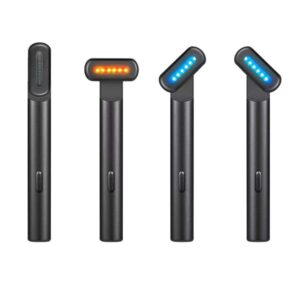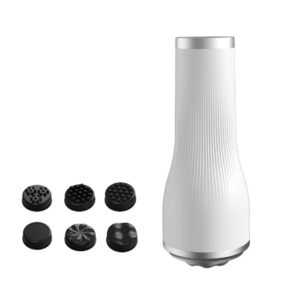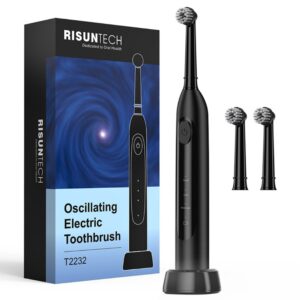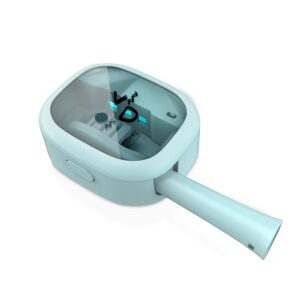Summary
The phenomenon of blackhead remover vacuums has surged in popularity, primarily fueled by the rise of social media and an increasing consumer focus on at-home skincare solutions. These devices, which utilize suction technology to extract impurities from the skin, have captured the attention of younger demographics—particularly millennials and Generation Z—who are drawn to non-invasive beauty methods that they can employ conveniently at home. The virality of these products can be attributed to influencer marketing, user-generated content, and an emphasis on DIY beauty regimens, which collectively reshape consumer expectations and behaviors in the skincare industry.
Despite their growing acclaim, blackhead remover vacuums have not been free from controversy. Critics highlight concerns regarding the safety and effectiveness of these devices, warning that improper use can lead to skin irritation, bruising, and even more severe dermatological issues such as broken capillaries. Furthermore, there are questions surrounding the marketing tactics employed by brands, with some claims deemed misleading—particularly when it comes to the distinction between blackheads and normal skin features like sebaceous filaments. Such controversies have sparked discussions about the overemphasis on DIY solutions, as consumers may inadvertently overlook the benefits of professional skincare treatments.
The impact of blackhead remover vacuums extends beyond individual consumer choices, reflecting broader trends in the beauty industry toward increased accessibility and consumer engagement through digital platforms. As brands adapt to the evolving landscape of skincare, the interplay between viral marketing strategies, influencer partnerships, and user experience remains pivotal to their success. With projections indicating continued market growth and technological advancements, the future of blackhead remover vacuums will likely be shaped by ongoing consumer demand for effective, user-friendly solutions in an increasingly health-conscious society.
Table of Contents
History
The rise of blackhead remover vacuums can be traced back to increasing consumer awareness about skincare and the growing preference for non-invasive beauty solutions. As digital platforms gained popularity, particularly social media, consumers became more engaged with at-home skincare methods, fueling demand for effective products like blackhead vacuums. The interactivity of these platforms enabled information exchange among users, influencing purchasing decisions through shared experiences and recommendations.
Initially popularized through influencers and viral marketing strategies, blackhead vacuums began to capture the attention of younger demographics, especially millennials and Generation Z. This demographic shift can be attributed to their digital literacy and preference for do-it-yourself (DIY) beauty solutions, which contrasts with older consumers who may favor professional treatments for safety and efficacy. As word-of-mouth marketing flourished, positive testimonials about product effectiveness spread rapidly across social media channels, significantly impacting consumer perceptions and driving sales.
Moreover, the design and functionality of blackhead remover vacuums evolved in response to consumer preferences for multifunctionality. New models often incorporate features such as microdermabrasion and LED light therapy, appealing to consumers seeking comprehensive skincare solutions in a single device. This evolution in product offerings has not only contributed to the product’s viral success but has also established blackhead vacuums as a staple in modern skincare regimens, marking a notable shift in consumer behavior towards personal grooming and skincare innovations.
As the market for these devices expanded, the influence of social media continued to grow, with platforms like TikTok and Instagram playing crucial roles in amplifying brand visibility.
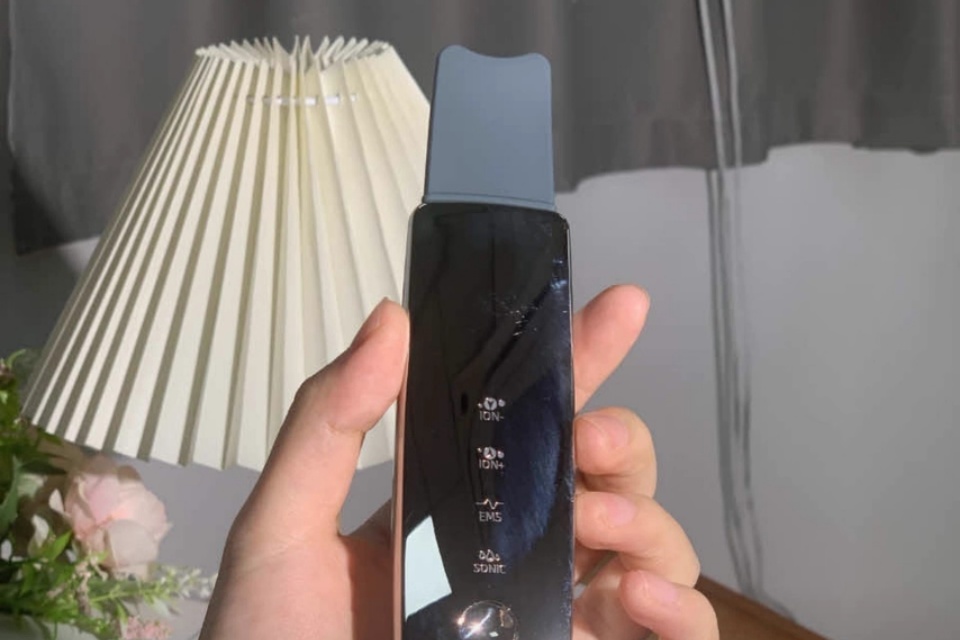
Mechanism of Action
Blackhead remover vacuums operate on the principle of suction to extract impurities from the skin. By creating a vacuum effect, these devices aim to dislodge blackheads and other debris from within the pores. Users are advised to start with clean skin, gently moving the vacuum over the affected areas while applying slight pressure. This process can create a sensation of the device “sucking” at the skin, which is essential for drawing out oil, dead skin, and other impurities effectively.
However, the effectiveness of these devices can vary, and while they provide short-term results, consistent use may lead to skin irritation or damage if not used correctly. Improper application of suction can cause microtears in the skin, bruising, or exacerbate existing skin conditions such as acne or rosacea. This potential for adverse effects necessitates caution, particularly for users with sensitive skin or those prone to skin issues.
Moreover, the variable suction settings on these devices are designed to accommodate different areas of the face, with thicker skin, such as that on the nose, being able to tolerate higher suction levels compared to more delicate areas like the neck or around the eyes. This customizability is crucial for ensuring safe and effective use, allowing users to select a setting that minimizes the risk of injury while still achieving desired results.
In essence, while blackhead remover vacuums can offer a practical solution for cleaning pores, their usage requires an understanding of their mechanics and the potential risks involved to maximize benefits and minimize harm.
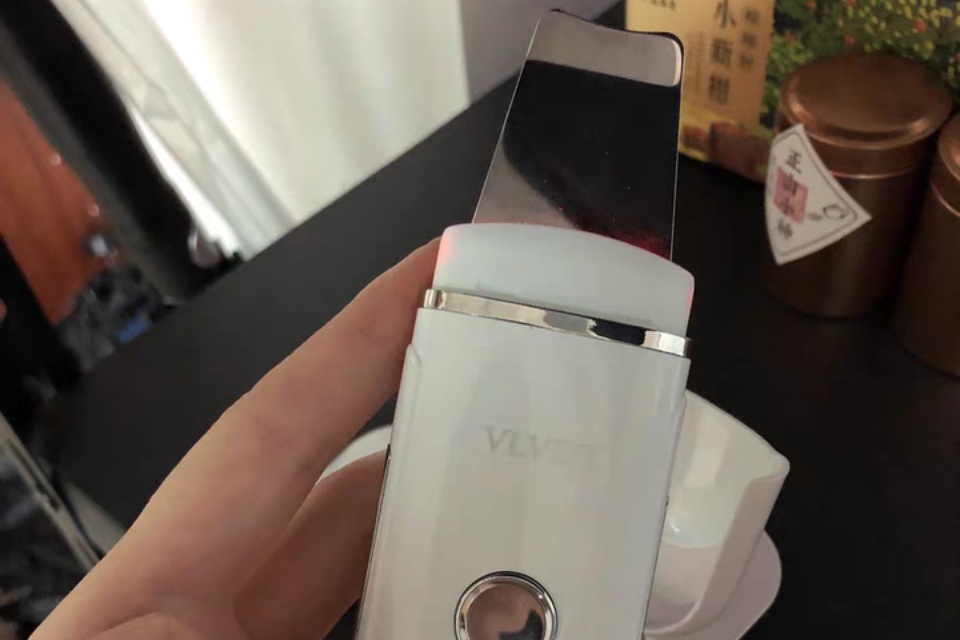
Cultural Impact
The rise of blackhead remover vacuums as a viral sensation reflects broader trends in consumer behavior, particularly influenced by social media and the beauty industry’s evolving landscape. As influencers take center stage in marketing, they have become pivotal in shaping brand perception and driving consumer interest in at-home skin-care solutions, such as blackhead removers. These devices gained traction partly due to their effective results and the convenience they offer, catering to a growing consumer demand for easy-to-use skincare products that can be employed in the comfort of one’s home.
Influence of Social Media
Social media platforms have transformed into vital channels for marketing and brand engagement, fostering communities that share similar interests in beauty and skincare. Platforms like TikTok, Instagram, and YouTube have become essential for brands to reach potential customers, leveraging influencer partnerships to amplify their messages. The virality of blackhead remover vacuums is largely attributed to user-generated content that demonstrates the effectiveness of these products, often resulting in trending challenges and tutorials that capture viewer attention.
User Engagement and Community Building
As consumers increasingly turn to these platforms for skincare advice and product recommendations, the interactive nature of social media enhances user engagement and fosters community building. Influencers share their personal experiences with blackhead removers, contributing to a shared narrative that resonates with audiences. This peer-to-peer validation has been shown to significantly influence purchasing decisions, as consumers trust the recommendations of their favorite online personalities over traditional advertising methods.
Trends and Brand Adaptation
The popularity of blackhead remover vacuums is not only a result of influencer marketing but also reflects a larger trend toward health-conscious and self-care behaviors. Consumers are more invested in their skincare routines and seek products that align with their values of effectiveness, convenience, and affordability. Brands are thus encouraged to adapt their marketing strategies by prioritizing features that cater to these consumer preferences and leveraging insights gained from social media engagement to tailor their offerings effectively.
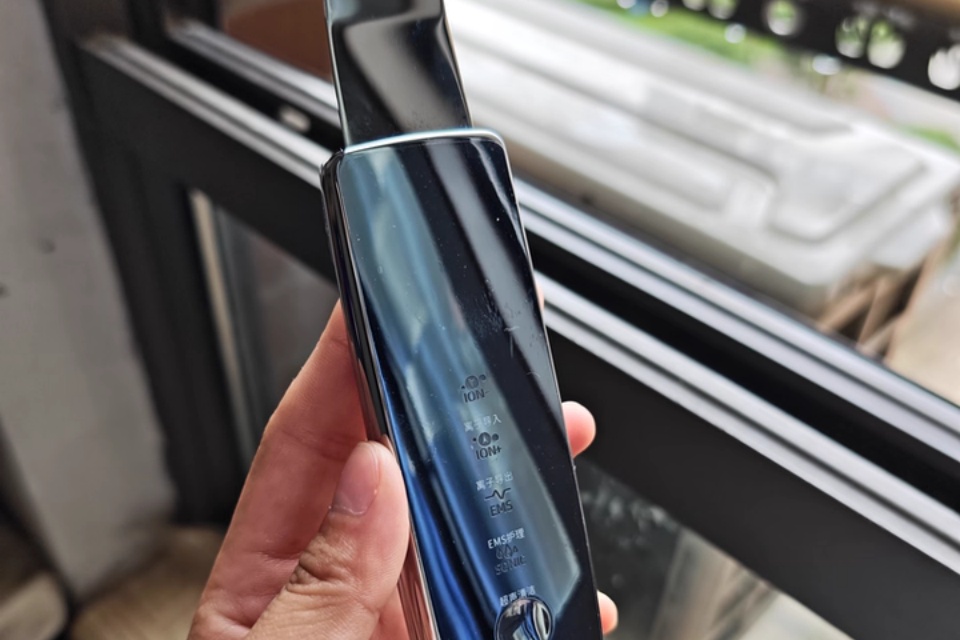
Marketing and Branding
The Role of Viral Marketing
Viral marketing has become a critical strategy in the contemporary digital landscape, particularly for products like blackhead remover vacuums. This approach emphasizes creating content that resonates deeply with target audiences, encouraging them to share it within their networks, thus amplifying brand visibility and engagement. Success in viral marketing hinges on understanding the values, aspirations, and emotions of consumers to produce content that genuinely resonates with them.
Research indicates that brand awareness significantly influences purchasing decisions, as consumers tend to prefer familiar brands that provide a sense of security and trust. In the context of blackhead remover vacuuums, establishing a strong brand presence through viral marketing can enhance recognition and facilitate consumer recall during the purchasing process. This is crucial in a competitive market where many brands vie for consumer attention.
Leveraging Social Media
Social media platforms, such as Instagram, TikTok, and YouTube, play a vital role in shaping the success of viral marketing campaigns. With billions of active users, these channels provide brands with the opportunity to craft authentic content that resonates with their audiences. For instance, brands can effectively utilize influencers to reach wider demographics and create a buzz around their products. However, aligning promotional content with the influencer’s audience is essential; a mismatch can backfire, damaging brand credibility.
Moreover, successful campaigns often stem from relatable and timely content that prompts users to share their experiences. Blackhead remover vacuums have seen success on social media through before-and-after videos, tutorials, and user testimonials that highlight their effectiveness, fostering a sense of community and engagement among potential customers.
Content Strategy and Audience Engagement
Crafting a viral marketing strategy involves more than just following trends; it requires a thorough understanding of brand identity and target demographics. Authenticity is paramount; campaigns that feel performative are often overlooked or ridiculed. Brands that maintain a clear voice and mission while engaging with current trends are more likely to capture attention and encourage sharing.
Furthermore, the effectiveness of viral content is also linked to the purpose it serves. Engaging campaigns that provide value, such as informative how-tos or entertaining takes on trending topics, invite participation and increase the likelihood of consumer engagement and sharing. For instance, blackhead remover vacuum brands can leverage educational content that demystifies skincare routines while promoting their products as essential tools in those routines.
Challenges and Considerations
Despite the potential benefits, brands face challenges in the viral marketing space, including the prevalence of counterfeit products and negative consumer experiences. Maintaining high quality and building trust are crucial to differentiate legitimate brands from those offering inferior alternatives. Brands must invest in quality assurance and transparent communication to foster consumer trust and mitigate the risks associated with viral marketing.
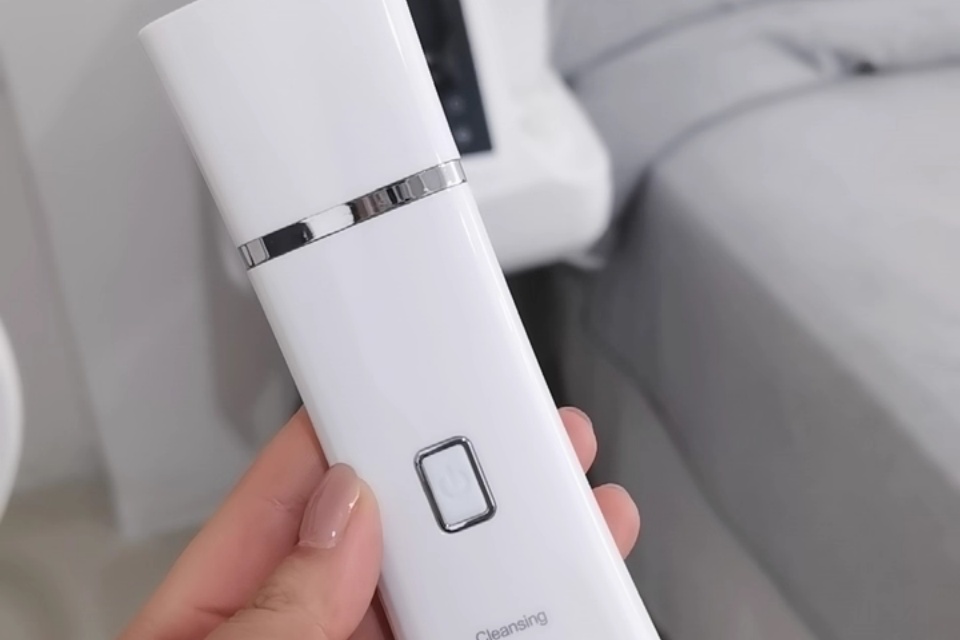
Criticism and Controversies
The rise in popularity of blackhead removal vacuums has not been without its share of criticism and controversies. While these devices are marketed as innovative solutions for skincare, several concerns have emerged regarding their safety and effectiveness.
Health Risks
One of the primary criticisms centers around the potential health risks associated with using blackhead removal vacuums. Dermatologists warn that improper use can lead to skin irritation, bruising, and even broken capillaries. For individuals with sensitive skin, conditions such as rosacea, or those prone to broken capillaries, the suction from these devices can cause significant damage. Furthermore, Dr. Dennis Gross, a noted dermatologist, cautions that high suction settings may lead to micro-tears in the skin, resulting in redness and irritation.
Misleading Marketing Claims
The marketing of blackhead vacuums often includes bold claims about their effectiveness in unclogging pores. Critics argue that these claims can be misleading, as many users may not understand the nature of their skin’s anatomy. For instance, what is often mistaken for clogged pores can be sebaceous filaments, which are normal and necessary for skin health. Misleading marketing can create unrealistic expectations, leading consumers to believe they need a solution that may not be beneficial.
Overemphasis on DIY Solutions
The trend towards DIY skincare has gained momentum, but experts caution against the potential consequences. Many users turn to blackhead removal vacuums as an alternative to professional treatments, which may not yield the same results. Professional-grade pore vacuums, often found in dermatology offices, combine multiple treatments for a more comprehensive and safer approach to skincare. The overemphasis on at-home solutions can lead consumers to overlook the value of professional guidance and care.
Privacy and Data Concerns
In the quest to go viral, brands promoting blackhead removal vacuums may inadvertently expose themselves to privacy concerns. Applications associated with these devices often require users to provide personal information, which raises questions about data handling and privacy protection. Users may be hesitant to engage with brands that do not adequately address these issues, potentially impacting brand reputation and trustworthiness.
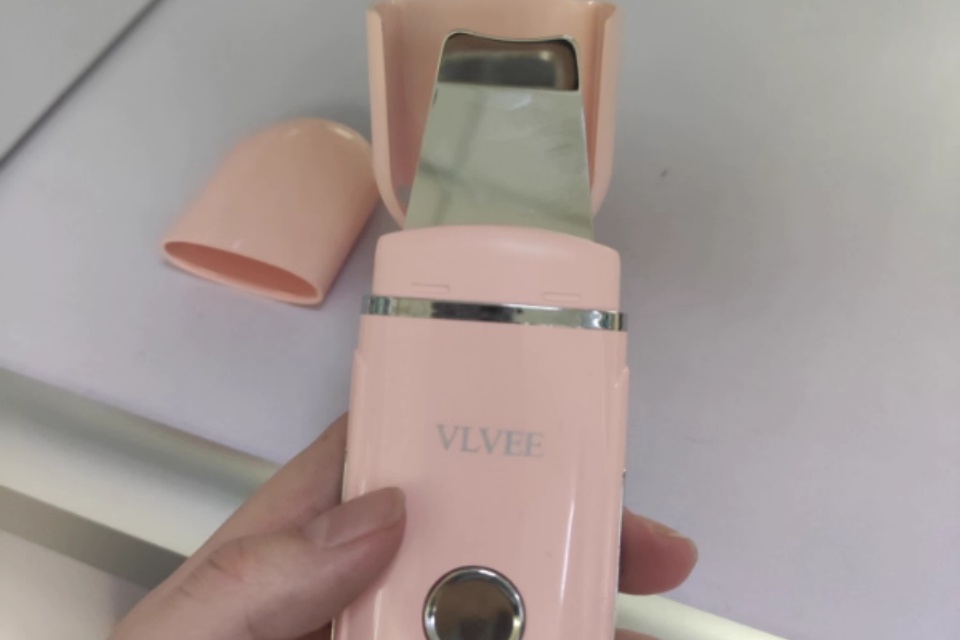
Future Trends
The blackhead removal vacuum market is poised for significant evolution driven by several key trends that reflect changing consumer preferences and technological advancements.
Growth Projections
The market is expected to grow at a Compound Annual Growth Rate (CAGR) of approximately 2.9% from 2025 to 2033, reaching a valuation of around $33.43 billion by 2030. This growth is being fueled by an increasing demand for at-home skincare solutions, with consumers seeking effective and affordable alternatives to professional treatments. Notably, electric tools and eco-friendly products are projected to capture 60% of new revenue, highlighting the importance of sustainability in consumer purchasing decisions.
Technological Advancements
Innovation remains a critical factor for the market’s future, with an emphasis on enhancing suction technology, ergonomic design, and safety features. Multi-functional devices that offer various skincare benefits—such as exfoliation and serum infusion—are gaining traction. The integration of smart technology, including app connectivity for personalized skincare recommendations and usage tracking, is also anticipated to differentiate products in a competitive landscape.
Demographic Shifts
Younger demographics, particularly millennials and Generation Z, are driving market demand, as they exhibit a preference for DIY beauty solutions and digital literacy that facilitates their engagement with these devices. Conversely, older consumers may continue to opt for professional treatments, leading to a diversified market catering to varying consumer needs. Additionally, there is an increasing acceptance of blackhead removal vacuums among male consumers, reflecting changing attitudes toward male grooming.
E-commerce and Market Penetration
The rise of e-commerce is transforming the distribution landscape, accounting for a significant portion of sales and enabling brands to reach a broader audience. Subscription models are gaining popularity, providing consumers with convenience and ongoing access to skincare products. Strategic collaborations with dermatologists and beauty influencers are also essential for effective marketing and product validation, which can enhance consumer confidence and brand credibility.
Regional Opportunities
The Asia-Pacific region is identified as a major growth driver, with a projected CAGR of 45%, spurred by rising disposable incomes and a burgeoning awareness of skincare technologies. Emerging markets in Latin America and the Middle East are also expected to offer considerable growth potential, although they currently represent smaller segments compared to established regions like North America and Europe.



